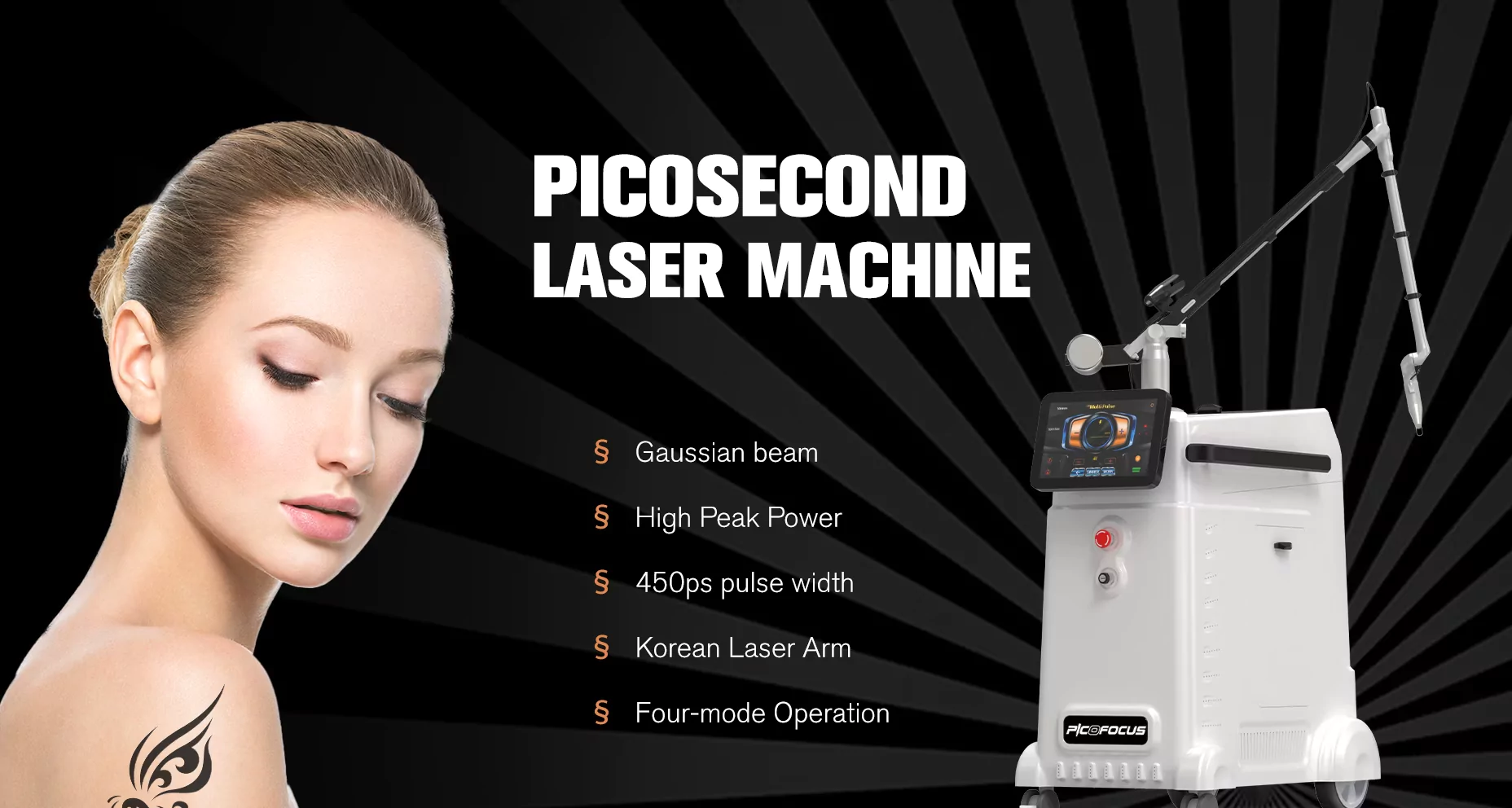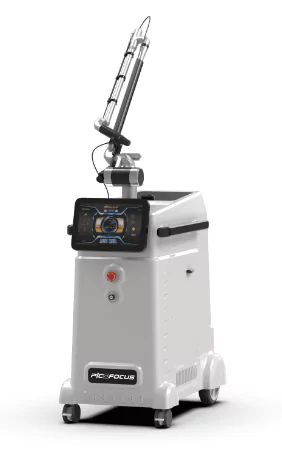Essential Factors in Picosecond Laser Therapy
Evaluating Patient Eligibility
The first step in picosecond laser therapy is to assess the patient for suitability as a treatment candidate. Therapists should perform an extensive medical history examination to look for any contraindications like some skin diseases or medications, keloid development in the past. Skin type and tone mapping is important, because different types of skin may respond differently to a laser. Practitioners also need to assess whether what the patient wants is realistic based on their skin issue and the type of technology.
Setting Appropriate Expectations
Managing expectations for patients is one of the most important therapeutic tools. The results can be achieved by informing the practitioners about it and mentioning how many sessions of treatment would give excellent results. Informing patients about the healing process and potential side effects can reduce post-treatment dissatisfaction. It should also be noted that these outcomes can vary from patient to patient, depending on the skin condition being treated as well as individual factors such as the type of laser used, and adherence to pre and post-treatment care.
Techniques for Effective Treatment Planning
Session Duration and Frequency
A good treatment plan is to set the time and frequency of the picosecond laser. Usually, sessions last anywhere from 15 to 60 minutes, depending on the area being treated and the type of laser device used. Practitioners may advise on a treatment plan that prioritizes effectiveness but also patient comfort, commonly recommending 4 to 8-week intervals between sessions so the skin has adequate time to recover. It is important to see how the patient responds after every session, as this helps set the interval for treatments and obtain better results.
Tailoring Laser Parameters
This is why it plays a significant role in how to make effective use of picosecond laser therapy with tailored laser parameters. Based on patient skin type and treatment objectives, practitioners should vary the energy levels, pulse durations, and wavelengths. It enables the practitioner to precisely focus on skin-related issues and problems like pigmentation, tattoos, acne scars, etc. Treatment settings must be adjusted to safely and effectively tailor to the individual skin response of the patient in each session.
In conclusion, the successful balancing of picosecond laser sessions incorporates a multifaceted approach that addresses patient queries through appropriate assessments and expectations, as well as impeccable planning for treatment. Practitioners can use this information to maximize the results and satisfaction of patients undergoing treatment with picosecond laser. Providers armed with this information will be in a stronger position to effectively achieve great clinical results, and enhance patients’ experience with picosecond laser treatments.
Enhancing Patient Comfort and Safety
Pre-Treatment Preparation
Proper preparation of the patient undergoing picosecond laser is fundamental in ensuring comfort and safety during treatment. Step one for practitioners should start with a comprehensive consultation! It is important to educate the patient about what electroacupuncture involves, why it can be helpful, and if any risks are involved. This knowledge reduces anxiety and enables patients to make decisions appropriately. The Applicant should take a look at the condition of the patient’s skin and exfoliate it to lessen serious side effects. It is also imperative that the patient is instructed beforehand about the post-treatment care such as avoidance of sun exposure, use of sunscreen, and cessation of blood-thinning medicines to maximize treatment benefits.
Intra-Session Monitoring
It is very important to monitor the patient throughout the picosecond laser session for their comfort and safety. It is important that the practitioner establish a series of protocols to assess pain thresholds and adjust laser settings at appropriate intervals. The cooling system will reduce your discomfort during session time. In addition, regular conversation with the patient regarding their comfort helps maintain a reassuring atmosphere and enables rapid change in the event of patient discomfort or worry.
Post-Treatment Care
Aftercare is important in helping patients to obtain the best results from their picosecond laser treatments. Detailed aftercare is imperative to reassure the patient about how to take care of their treated area in order to reduce possible complications (such as hyperpigmentation or infections). Post-treatment patients should be counseled to avoid the sun and use sunscreen diligently for a few weeks afterward. Practitioners should also follow up with patients to help track healing and manage side effects where necessary. Having an open communication line encourages patients to be comfortable bringing up any potential issues that arise long after treatment.
Advancing Practice with Nubway’s Innovations
Introducing the PS300 Picosecond Laser Machine
The Nubway’s PS300 Picosecond Laser Machine is an innovative laser technology to reach efficient and safe skin treatments. The device uses picosecond pulse durations which help to focus on a number of skin issues whilst minimising the effect on surrounding tissue. Different wavelengths in the PS300 provide treatment options for various conditions from tattoo removal to pigmentation and acne scars. Advanced technology provides faster recovery leading to better patient turnaround, greater workloads for the practitioner, and a high quality of treatment.
Features and Benefits of Nubway Products
The PS300 Picosecond Laser Machine and other Nubway products offer a wide variety of innovative treatment features to improve the efficiency and comfort of procedures. This intelligent machine comes with a highly user-friendly interface, enabling practitioners to set treatment parameters without hassle. Its cooling mechanism significantly alleviates discomfort experienced during sessions, giving patients a much more comfortable experience. Nubway also prides itself on safety, which is why their unit features ISO13485 and CE-marked equipment so practitioners can trust this equipment to perform safely. The use of Nubway’s innovative products empowers practitioners to offer the highest quality of care which directly reflects improved patient outcomes and satisfaction.
All in all, the ability to highlight a picosecond laser session that balances patient safety and comfort with advanced technology (Nubway provides these two) is an overall approach. Implementing best practices in pre-treatment preparation and intra-session monitoring can help improve the overall patient experience with treatment. Additionally, he uses the contemporary offered products which when utilized with a PS300 icing impact will enhance cure results and produce an effective laser practice.







